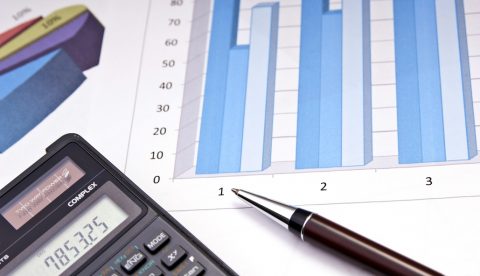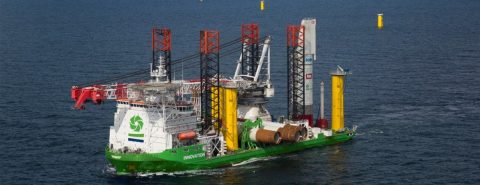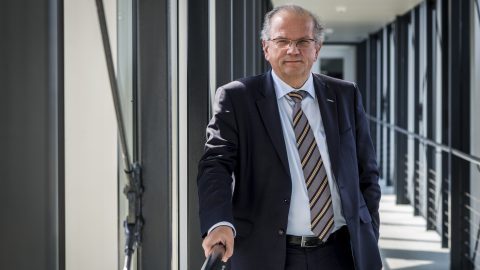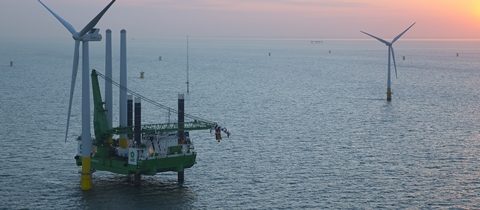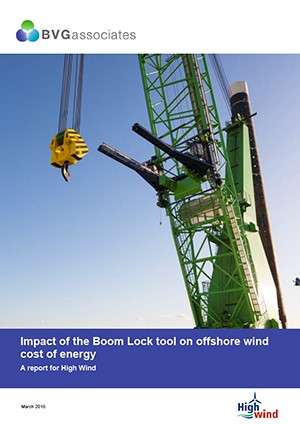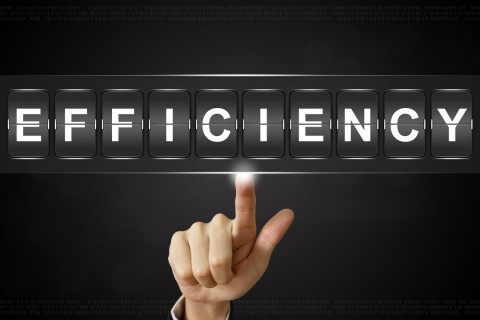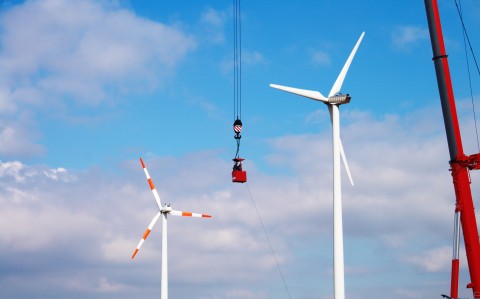
A number of years ago, it was normal practice for offshore contractors to win major offshore wind turbine installation projects using non-propelled jack-up barges supported by tugboats and anchors for positioning. This was the established way – it was safe, reliable and efficient.
Then, in around 2011, the introduction of second-generation jack-up vessels brought Dynamic Positioning Systems (DP systems) into play. This became the new ‘state of the art’. In the typical progression of ‘order winners’ becoming ‘qualifiers’, today, vessel owners are not even invited to tender if their installation vessels are not DP2-capable.
If you consider offshore lifting operations of large components such as turbine blades, there is a strong parallel to that of vessel positioning before DP2 became the industry standard. During the lift, manual winches, people with ropes and, in some cases, simple constant-tension systems try to keep the blade under control during the lift. You could compare it to the tugboat-and-anchor method of positioning your jack-up barge. Continue reading

